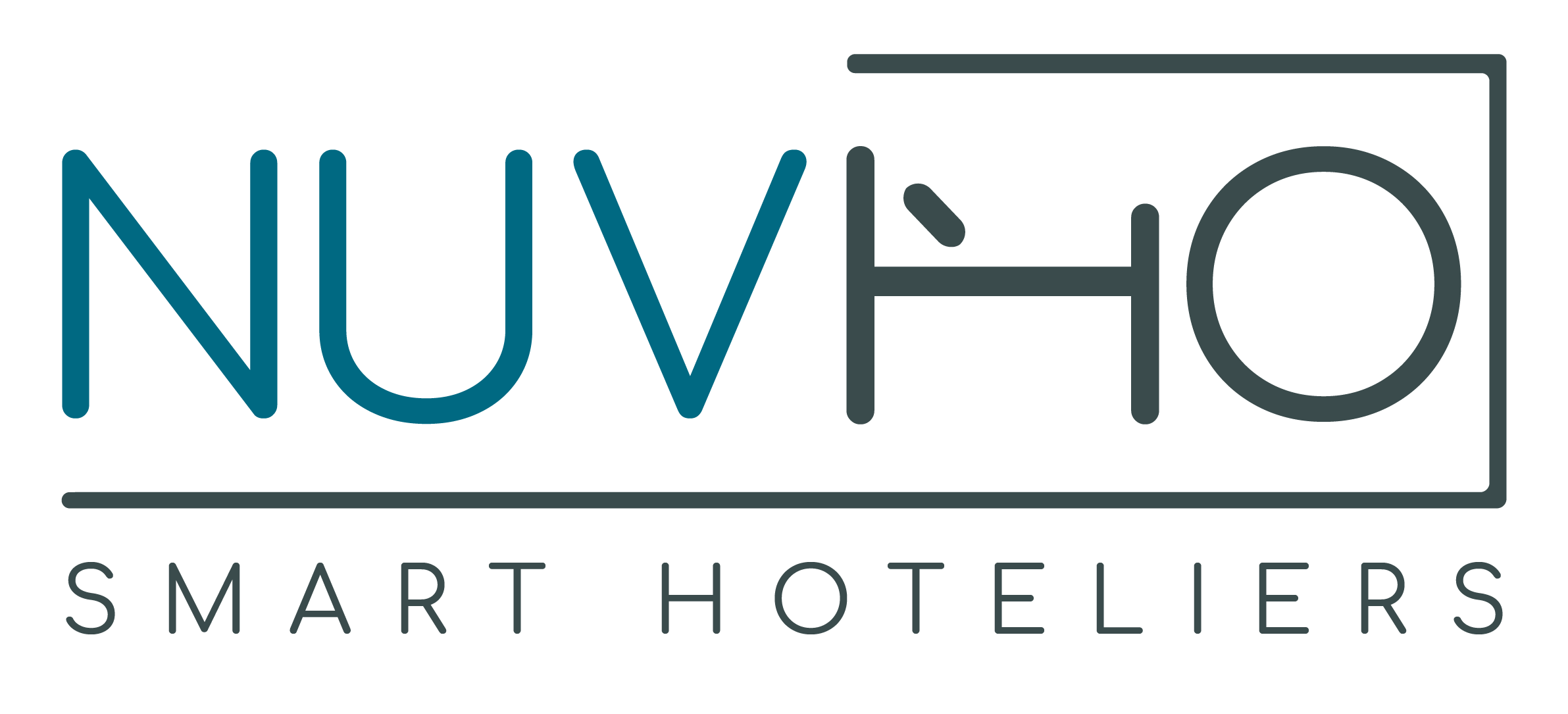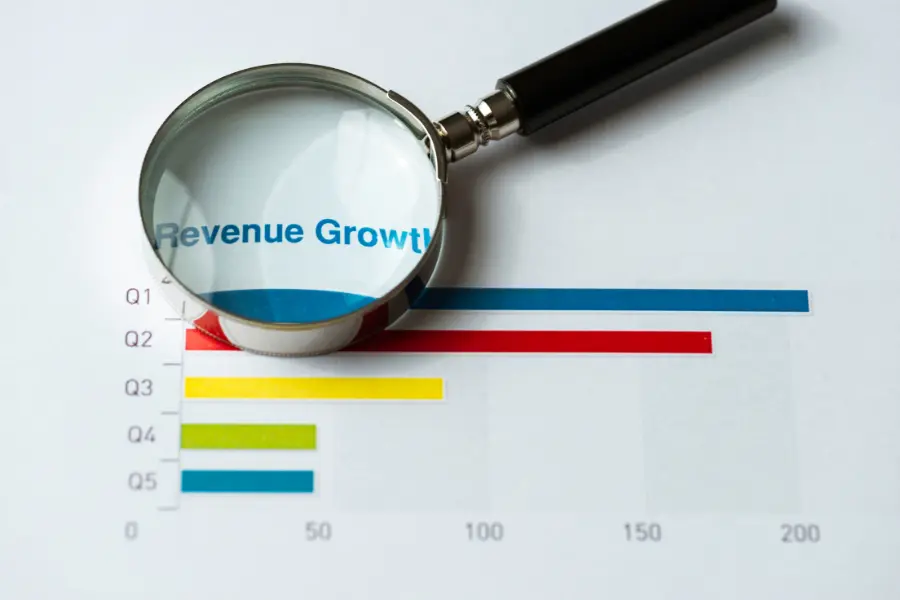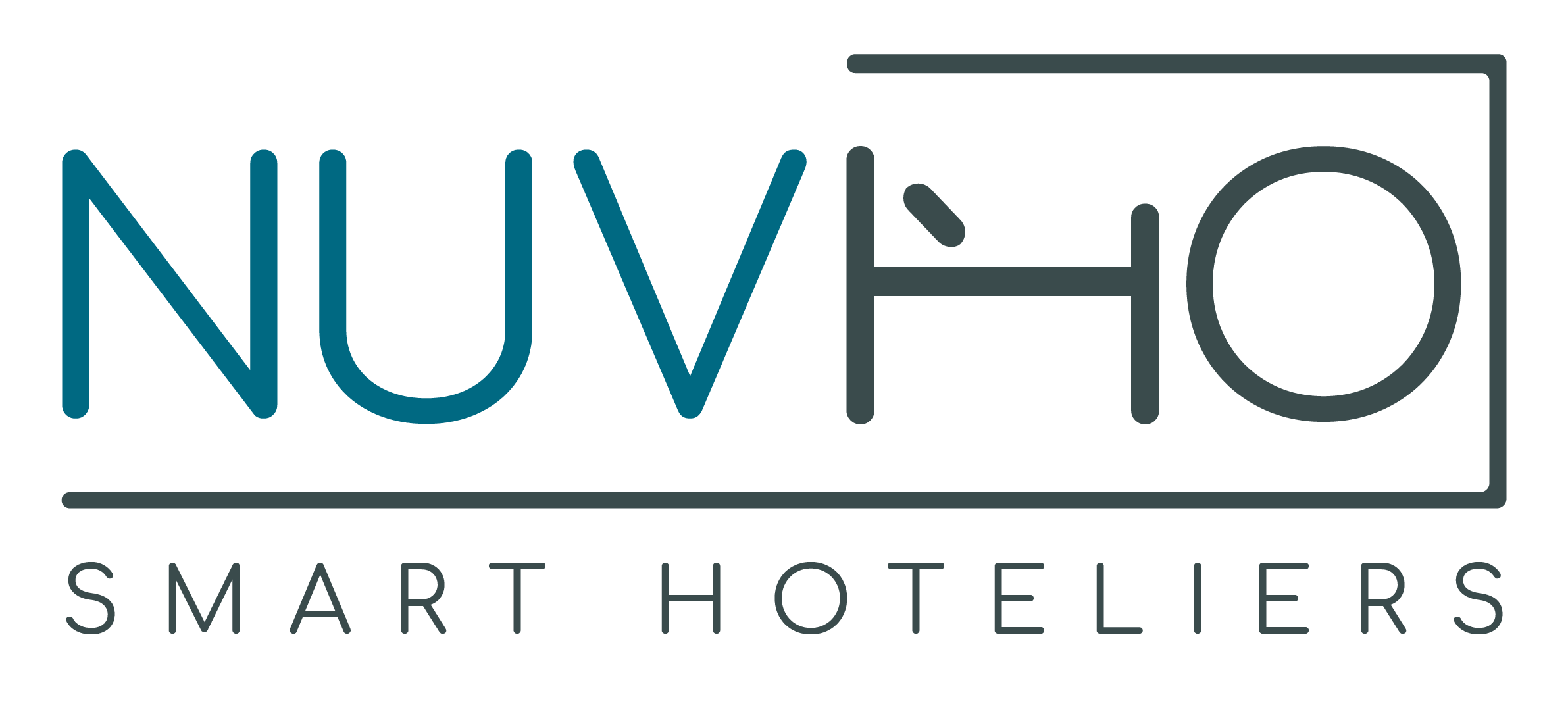For decades, Revenue Per Available Room (RevPAR) has been the gold standard for measuring a hotel’s financial performance. By combining occupancy and average daily rate (ADR), RevPAR provides a snapshot of revenue generation efficiency. But with shifting market dynamics, evolving guest expectations, and new revenue streams, some hoteliers and revenue managers are questioning whether RevPAR remains the best key performance indicator (KPI) for today’s hospitality landscape.
The Limitations of RevPAR
While RevPAR is useful, it has several limitations:
1. Ignores Total Revenue Streams – RevPAR focuses solely on room revenue and does not consider revenue from food & beverage, spa services, event spaces, and other ancillary sources.
2. Does Not Reflect Profitability – A hotel could have a high RevPAR but struggle with profitability due to high operational costs.
3. No Insight Into Guest Acquisition Costs – RevPAR does not factor in distribution costs, commissions, and marketing expenses, which impact net revenue.
4. Limited Value in a Diversified Business Model – With the rise of hybrid hospitality (e.g., co-working spaces, extended stays, memberships), RevPAR does not fully capture revenue potential.
Alternative Metrics for Modern Hotel Performance
Given the limitations of RevPAR, hoteliers and revenue managers are turning to alternative metrics that offer a more holistic view of performance.
1. Total Revenue Per Available Room (TRevPAR)
• Unlike RevPAR, TRevPAR includes revenue from all sources, such as dining, spa, and retail.
• Helps hotels optimize all revenue-generating departments, not just rooms.
2. Gross Operating Profit Per Available Room (GOPPAR)
• Takes operational costs into account, offering a clearer view of profitability.
• Useful for owners and investors focused on bottom-line performance.
3. Net Revenue Per Available Room (NRevPAR)
• Adjusts RevPAR by deducting distribution and acquisition costs.
• Helps hoteliers assess the true profitability of their revenue channels.
4. Revenue Per Guest (RevPAG)
• Focuses on individual guest spending across all touchpoints.
• Valuable for hotels that emphasize personalized services and upselling opportunities.
5. Customer Lifetime Value (CLV)
• Measures the total revenue potential of a guest over time.
• Encourages loyalty strategies and long-term profitability.
Moving Beyond RevPAR: A Balanced Approach
Instead of relying solely on RevPAR, modern hoteliers should take a multi-metric approach. By integrating TRevPAR, GOPPAR, and other KPIs, revenue managers can make more informed decisions, improve profitability, and enhance guest experiences.
Ultimately, while RevPAR is still a relevant benchmark, it should no longer be the sole indicator of success. The future of hotel revenue management lies in a more comprehensive, data-driven strategy that aligns with the evolving hospitality landscape.
What do you think? Should RevPAR still be the go-to metric, or is it time for a new standard?


